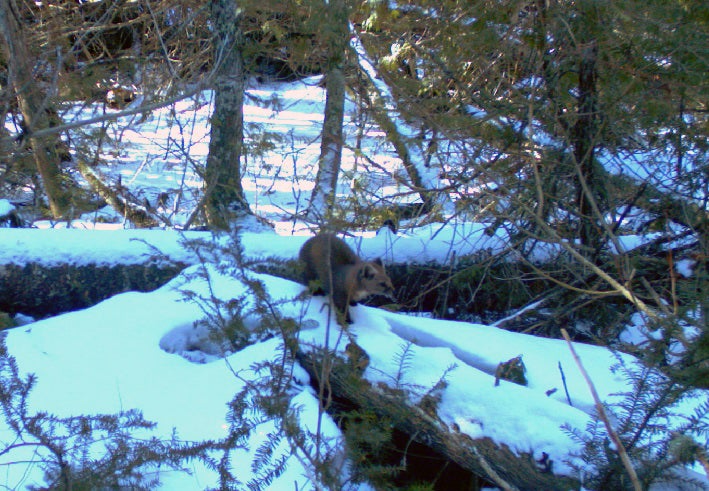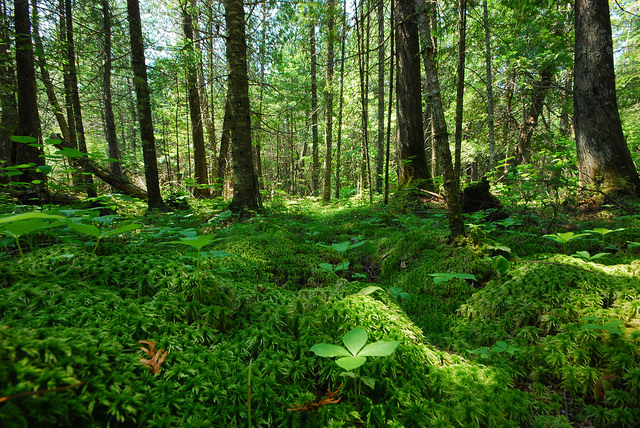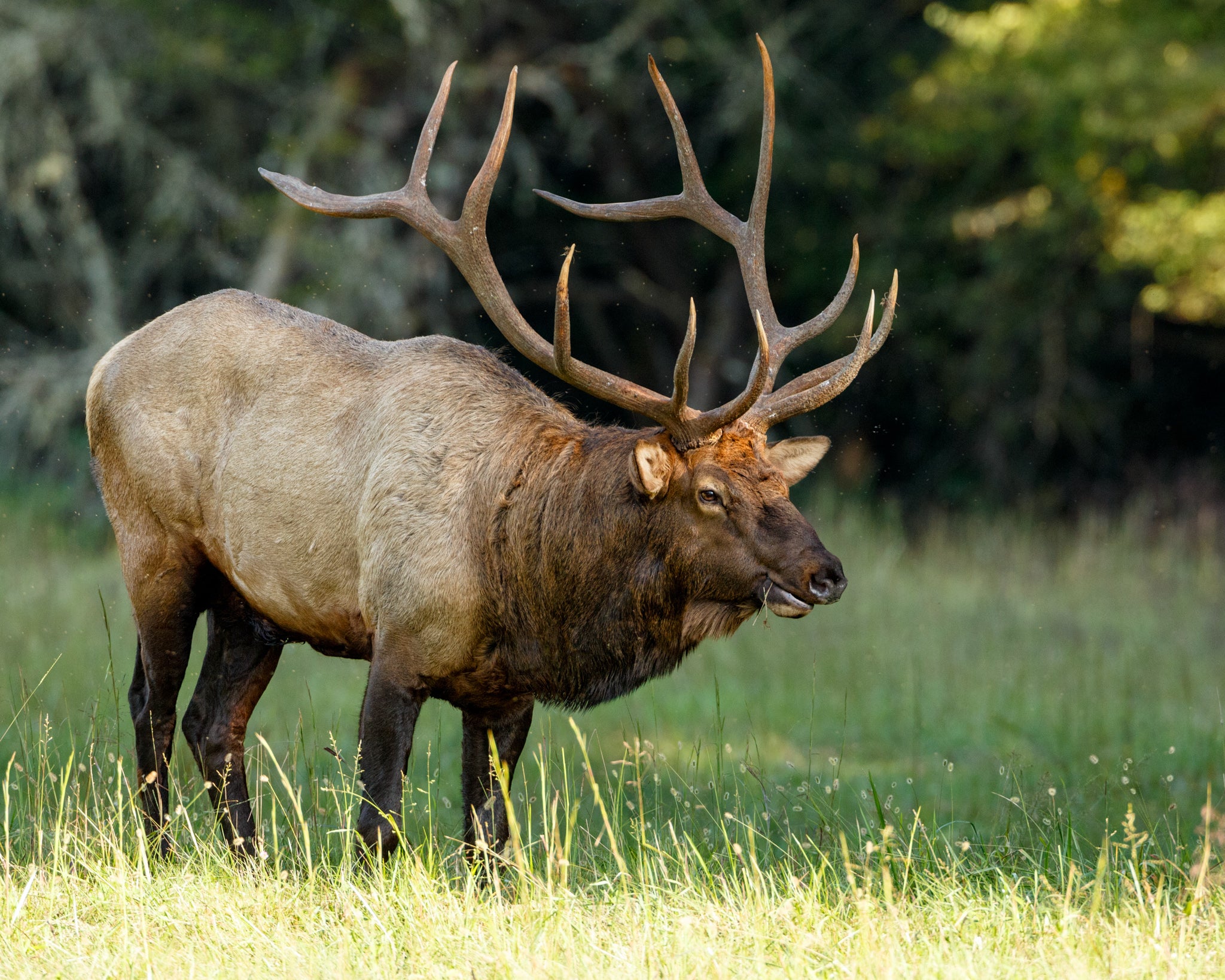It’s been a year since 10,000 marijuana plants were found in the Chequamegon Nicolet National Forest. The forest is still healing and law enforcement is looking for more grow sites.
Law enforcement agencies say they haven’t found any new pot plantations in the Chequamegon-Nicolet National Forest this year but they expect there are some. Jay Smith is the special agent in charge with the Division of Criminal Investigation. He says the grow site near Clam Lake probably yielded several harvests before they found it, “That had been going on for years. We found trees that they cut to build their living quarters, their shelters, that were rotted and how long does it take for a tree to decompose?”
He says finding 10 acre pot fields in a 1.5 million acre national forest is incredibly difficult, “We do what we can with the resources we have. We absolutely rely on citizens tips. The ones we get we follow up on.”
Stay informed on the latest news
Sign up for WPR’s email newsletter.
The Clam Lake grow site was found by a hunter who called it in. Smith says to raise awareness among hunters advertisements have been added to this year’s rules and regulation books put out by the Department of Natural Resources. The ads explain the signs of a marijuana grow site and how to report it to police.
While the search is on for new grow sites the forest is starting to reclaim abandoned ones. Suzanne Flory is a Spokeswoman for the U.S. Forest Service. She says growers clear cut timber up to 40 years old and dug hundreds of holes for the plants, “So, it is an obvious scar on the landscape but with the sunlight coming in and all the rain that we’ve had we’ll have some aspen starting to come in and maybe some blueberry and raspberry bushes coming in.”
Flory says in three to five years it will be hard to tell that the grow sites were ever there.
Wisconsin Public Radio, © Copyright 2024, Board of Regents of the University of Wisconsin System and Wisconsin Educational Communications Board.




